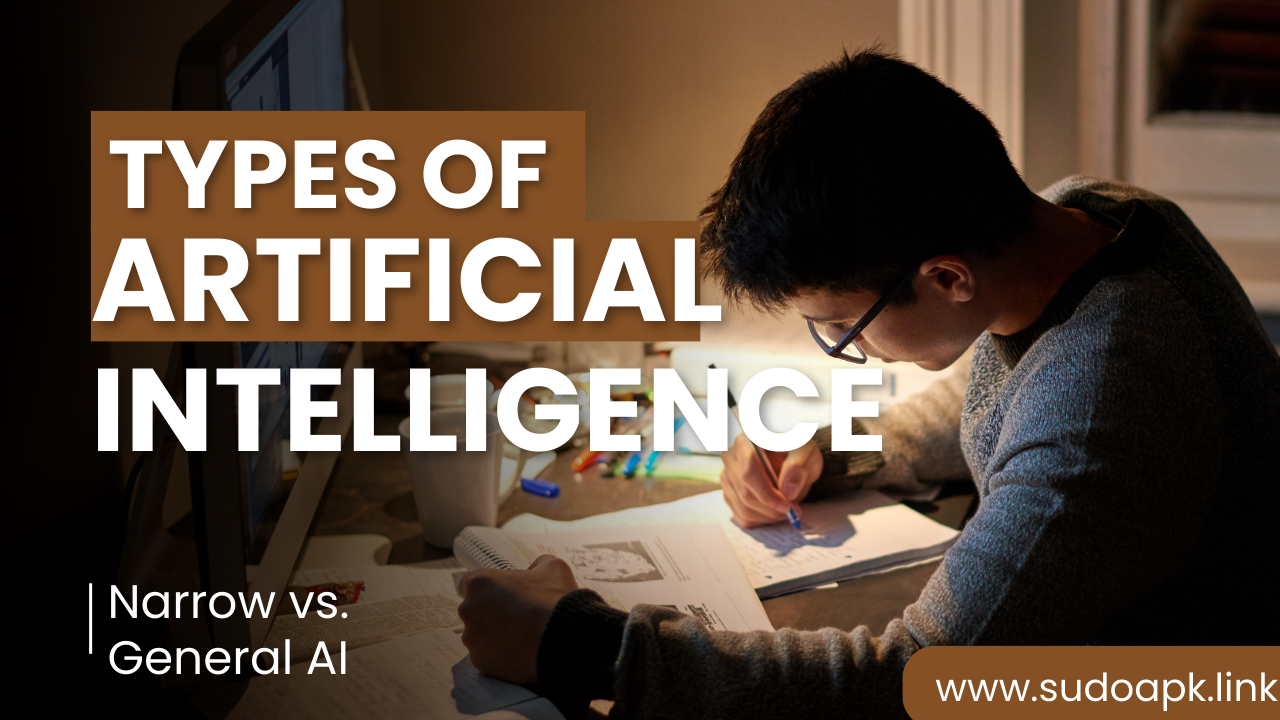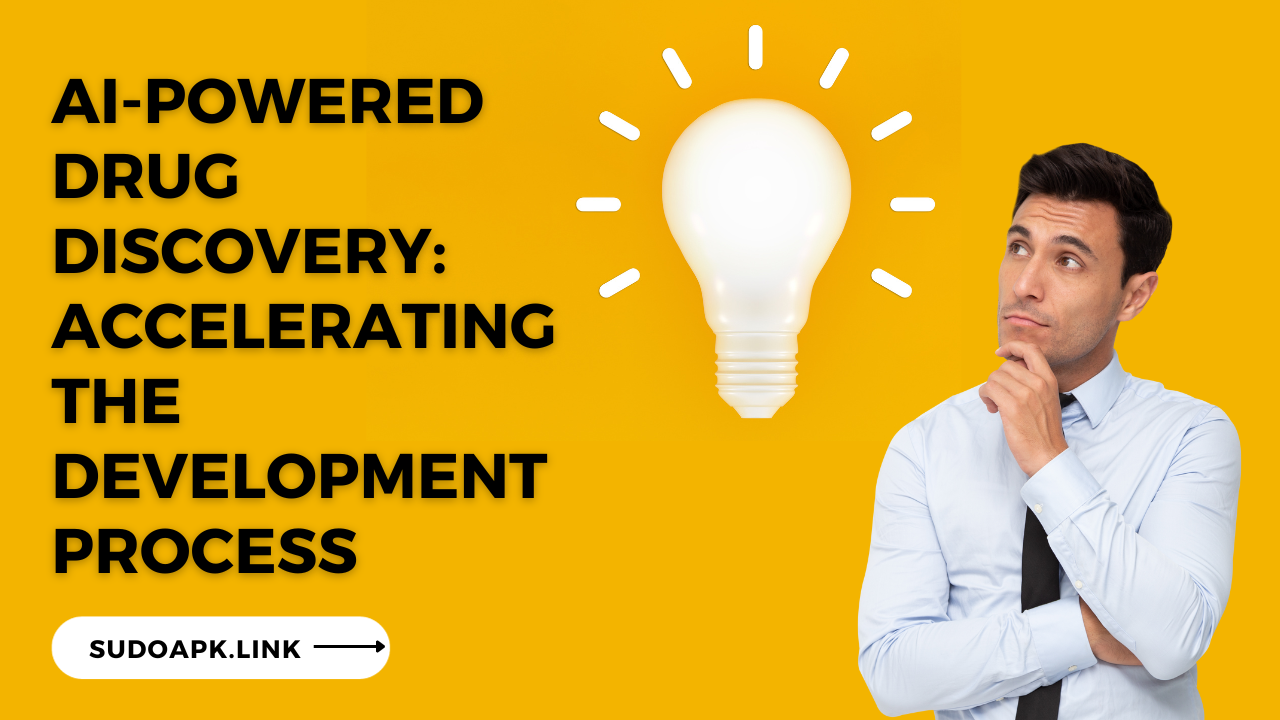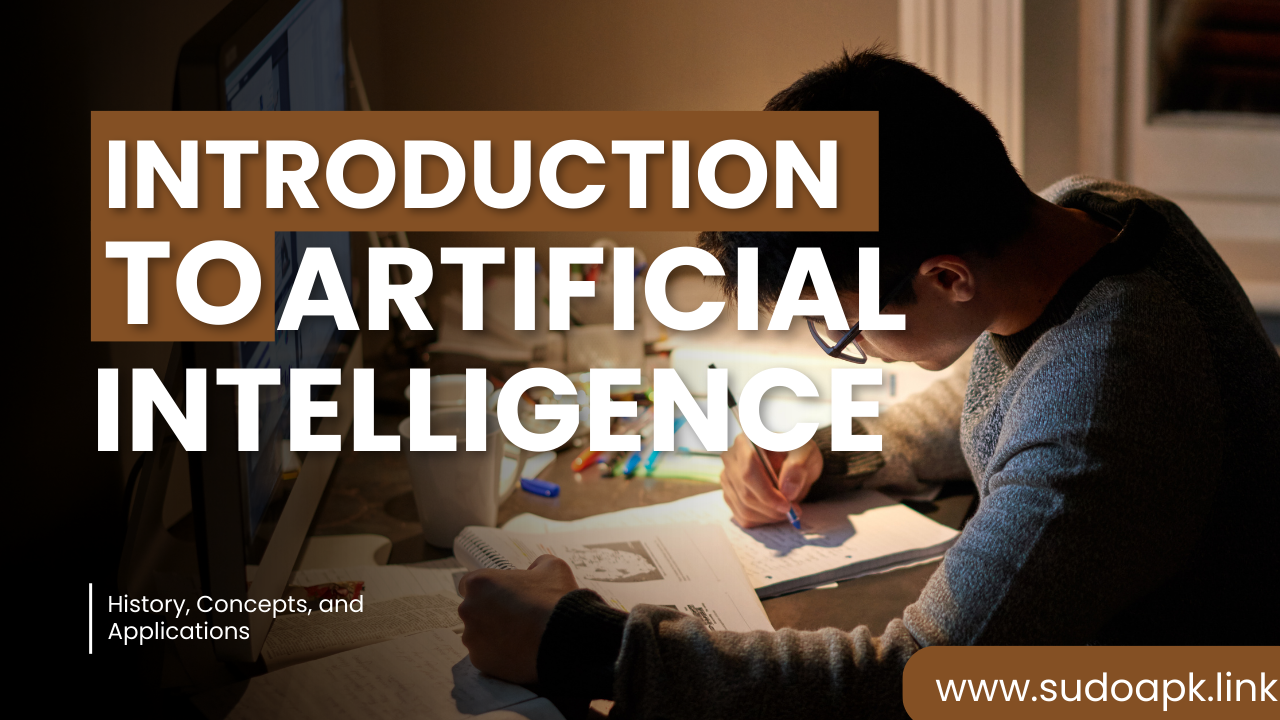

Linear Regression: Theory, Implementation, and Evaluation
Linear regression represents one of the most fundamental and interpretable machine learning algorithms for predictive modeling and data analysis. Its theoretical simplicity combined with broad practical applicability has fueled widespread adoption spanning industries and use cases.
Below we explore linear regression techniques from core concepts and model optimization to effective evaluations metrics and modern innovations that build upon classical foundations.
An Intuitive Introduction to Linear Regression
Regression analysis aims to model relationships between input, or independent variables, and target, dependent variables for future outcome predictions based on new data. As the name implies, linear regression assumes dependencies manifest as linear functions:
y = b0 + b1*x1 + b2*x2 + ... + bn*xn
Here y refers to the target variable we wish to predict while x denotes input variables used for modeling. B signifies model parameters we must learn to minimize prediction errors.
In essence, linear regression finds the “best fitting” straight line or hyperplane representing variable relationships. Intuitively optimizing model parameters enables generating predictions for new data based on inherent data patterns learned.
Regression testing begins by making initial estimates for parameter values followed by iterative improvements towards optimal arrangement based on minimizing differences between predicted and actual target variable values over many training samples.
Key Linear Regression Concepts and Terminology
Before diving deeper into mathematical optimization and programming, let’s solidify foundational concepts:
Independent and Dependent Variables
As mentioned previously, independent variables act as model inputs for making predictions while dependent variables represent target outcomes we aim to estimate. Choosing relevant inputs for modeling proves critical for reliable predictions.
Coefficient Values
The optimized coefficient terms preceding input variables reveal relative contribution levels towards the target variable. Higher absolute coefficients demonstrate stronger relationships. Signs denote positive or negative correlations.
Intercept
The intercept term represents target value estimates when all independent variables equal zero. Non-zero intercepts reveal baseline offsets from the origin.
Residual Errors
Residual errors refer to deviations between prediction and actual target values after model training concludes. Smaller errors signify better model fitness. Analyzing residuals uncovers patterns driving inaccuracies.
Grasping these key terms empowers more nuanced model exploration. Next we transition towards mathematical model formalizations.
Linear Regression Model Representations
While intuitive as “line fitting”, linear regression admits both simple and multidimensional mathematical forms:
Simple Linear Regression
For a single input variable x:
y = b0 + b1*x
Which estimates target variable y from input x based on optimized parameters b0 (intercept) and b1 (gradient).
Multiple Linear Regression
Expanding to multiple independent variables x1, x2, etc:
y = b0 + b1*x1 + b2*x2 + ... + bn*xn
Here each input variable receives its own coefficient parameter after training. Additional variables improve model flexibility at the risk of overfitting. Model selection techniques assist in determining optimal variable sets.
Now with strong theoretical grounding, we explore optimizing model parameter values from data.
Model Fitting Procedures and Optimization
Generating reliable predictions requires calibrating coefficient and intercept terms to balance under and overfitting. Key methods include:
Ordinary Least Squares (OLS) Optimization
OLS remains the most common optimization technique for estimating model parameters. It minimizes residual errors between predicted and actual target variables summed across all training samples:
min Σ (y - (b0 + b1*x1 + b2*x2 + ... + bn*xn))2
Effectively, OLS seeks coefficient values correctly approximating underlying data patterns to lower errors. Computationally inexpensive, OLS scales well to large datasets. But it remains sensitive to outliers which skew results.
Regularization
Adding a regularization penalty to the optimization objective allows preventing overfitting on smaller training sets. Popular L1 and L2 regularization add penalties proportional to coefficient sizes to encourage smaller terms:
min Σ (error terms) + λ Σ |coefficient values|
The relative impact of the regularization penalty gets controlled by the lambda hyperparameter. Too little regularization risks overfitting. Too much distorts model accuracy.
Cross-validation allows comparing regularization strengths for robust models resistant to noise and future data changes. Balance guides effective regression.
Implementing Linear Regression in Python
With theory established, hands-on application in Python cements concepts using the scikit-learn package:
Importing Libraries and Data
NumPy handles matrices for model inputs and outputs alongside data manipulation while scikit-learn provides the LinearRegression class encompassing fitted parameters and prediction methods:
import numpy as np from sklearn.linear_model import LinearRegression import data
Instantiating Model and Fitting
The model gets initialized and fit() trains coefficients based on input features matrix X and target variable vector y:
model = LinearRegression() model.fit(X, y)
Scoring Predictions
Applying trained model on new unseen data produces predictions using dot product multiplication internally between inputs and derived coefficients:
predictions = model.predict(new_X_data)
Resulting prediction vector contains expected target variable values for new observations. Additional methods provide further insights.
Thus basic implementation requires only data preparation followed by fitting on training sets and generating predictions. However, proper model evaluation remains critical as well.
Key Metrics for Model Evaluation
While simple in code, effectively evaluating linear regression performance guides proper application. Core metrics include:
R-Squared (Coefficient of Determination)
R-squared calculates model fitness percentage by comparing residual errors to total target value variance. Values spanning 0-100% convey predictive capability with higher scores demonstrating decreasing errors and improved approximations of data patterns.
Mean Absolute Error (MAE)
MAE helps quantify model deviation from actual outcomes by averaging absolute differences between individual predictions and true targets. Lower averages indicate enhanced precision. Comparing MAE between models tests relative accuracy.
Root Mean Squared Error (RMSE)
RMSE proves useful summarizing model performance by squaring errors before averaging to account for outliers skewing MAE. Lower values signal better approximations along data distribution tails.
Evaluating these metrics across validation datasets indicates generalizable model fitness beyond training data. Comparing scores guides refinement.
Linear Regression Model Optimization
Beyond basic implementation, model performance gets boosted through specialized techniques:
Feature Engineering
Applying transformations such as standardization or normalization on input variables along with enriching data with interaction terms between multiple variables enhances model learning. Dimensionality reduction via principal component analysis also assists by deriving orthogonal input features capturing greater variance proportions.
Regularization
As mentioned previously, adding L1 and L2 regularization penalties during Ordinary Least Squares model fitting limits overfitting on smaller datasets for more generalizable predictions. Cross-validation allows systematically tuning regularization strength.
Ensembles and Stacking
Combining multiple linear regression model variants using boosting or bagging ensemble methods often improves overall predictions better than any individual model. Meta-ensembles with stacking compile multiple model outputs into a consolidated predictor.
Advances in computational capacities expand optimization capabilities further.
Modern Innovations Advancing Linear Regression
While linear regression methodology remains ubiquitous decades after initial development, cutting-edge innovations continue advancing classical foundations:
Bayesian Linear Regression
Bayesian approaches reframe coefficients as probability distributions rather than fixed values. Encoding prior beliefs along with observed data patterns leads to updated posterior distribution estimates for model parameters. This allows expressing uncertainty within model outputs.
Lasso and Elastic Net Regularization
As enhancements over earlier L2 regularization, the Lasso and Elastic Net Constraints combine L1 and L2 regularization strategies for robust compressed coefficient fitting critical in wide datasets with many input variables.
Neural Linear Regression
Modern deep neural networks augment traditional linear regression with expanded feature learning capabilities using techniques like representation learning. Multilayer Perceptrons (MLPs) can approximate linear regression performance while discovering inherent nonlinear variable relationships within complex datasets.
Integrating classical foundations with modern architectures ensures linear regression maintains relevance as a key predictive modeling technique for both explainability and performance.
Common Linear Regression Use Cases
A wide range of predictive modeling problems admit solutions through linear regression:
Sales Forecasting
Predicting product demand and sales volumes makes use of historical performance data and indicators around seasonality, pricing, promotions and competitor actions as input variables into linearly weighted models.
Housing Price Projections
Home valuation inherently depends on factors like square footage, location, property age, and school districts in largely linear fashion well-approximated through regression approaches. Granular pricing builds on combining micro-models per region.
Resource Utilization Planning
From staff allocation to cloud cost projections, resource planning relies on variables like user traffic, growth trends and billing tiers for linear models estimating future capacity and spend requirements.
The common thread lies in identifying key indicators transformable into tangible input variables for target outcome predictions - a testament to enduring usefulness even amid ever more complex algorithms.
FAQs: Common Linear Regression Questions
When might linear regression fail in predictive modeling?
Linear regression underperforms given highly nonlinear relationships between variables. It also falters modeling complex dependencies with higher-order interactions or discontinuities. Assumptions around normal data distribution and homoscedasticity likewise constrain effectiveness if unmet.
What are key differences between linear regression and logistic regression?
While names sound similar, logistic regression handles binary classification predicting categorical outcomes rather than numeric regression. It models class probabilities unlike linear regression forecasting continuous variables.
How does linear regression contrast classical statistical modeling?
Traditional statistical models emphasize inference from experimental data and significance testing while machine learning-based regression prioritizes predictive accuracy on new unlabeled observations. Both remain actively useful for different application goals.
Can linear regression handle multiple correlated input variables?
Yes, multi-collinear inputs get managed through regularization, transform techniques like PCA dimensions, and model validation metrics to evaluate overfitting risks. However, feature selection should exclude duplicated signals.
What types of data work best for linear regression?
Continuous numerical data without heavy class imbalance performs ideal. Certain ordinals with ranking information also apply. High dimensionality and normalized data distributions allow capturing nuanced patterns. Extensive samples minimize overfitting likelihood.
In summary, linear regression’s endurance springs from intuitive interpretability combined with reasonable out-of-box performance generalizable to many modeling tasks - especially those focused on operationalization rather than sole inference.
Popular articles

Dec 31, 2023 07:04 AM

Jan 06, 2024 06:56 AM

Dec 31, 2023 06:48 AM

Dec 31, 2023 07:22 AM

Jan 01, 2024 09:54 PM
Comments (0)